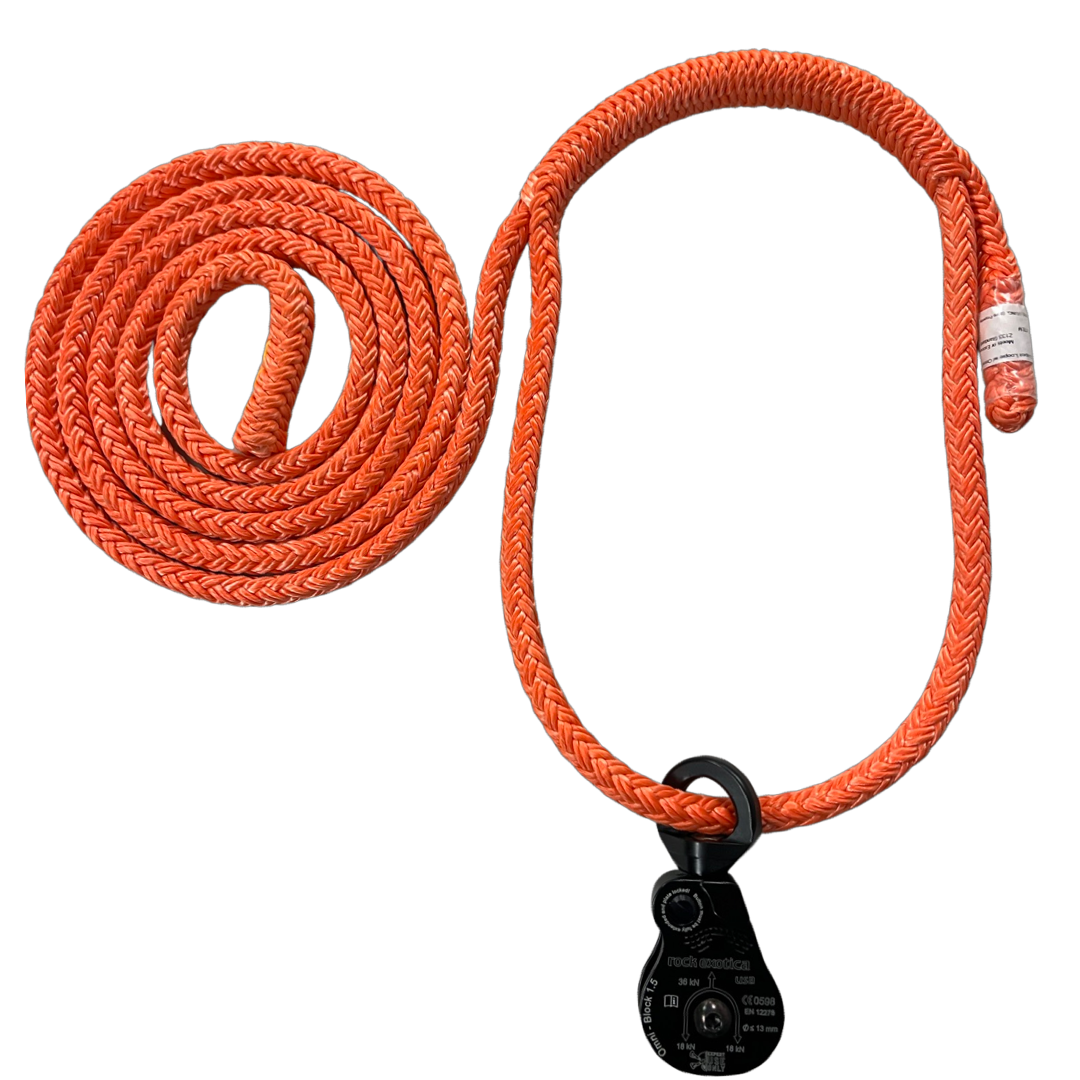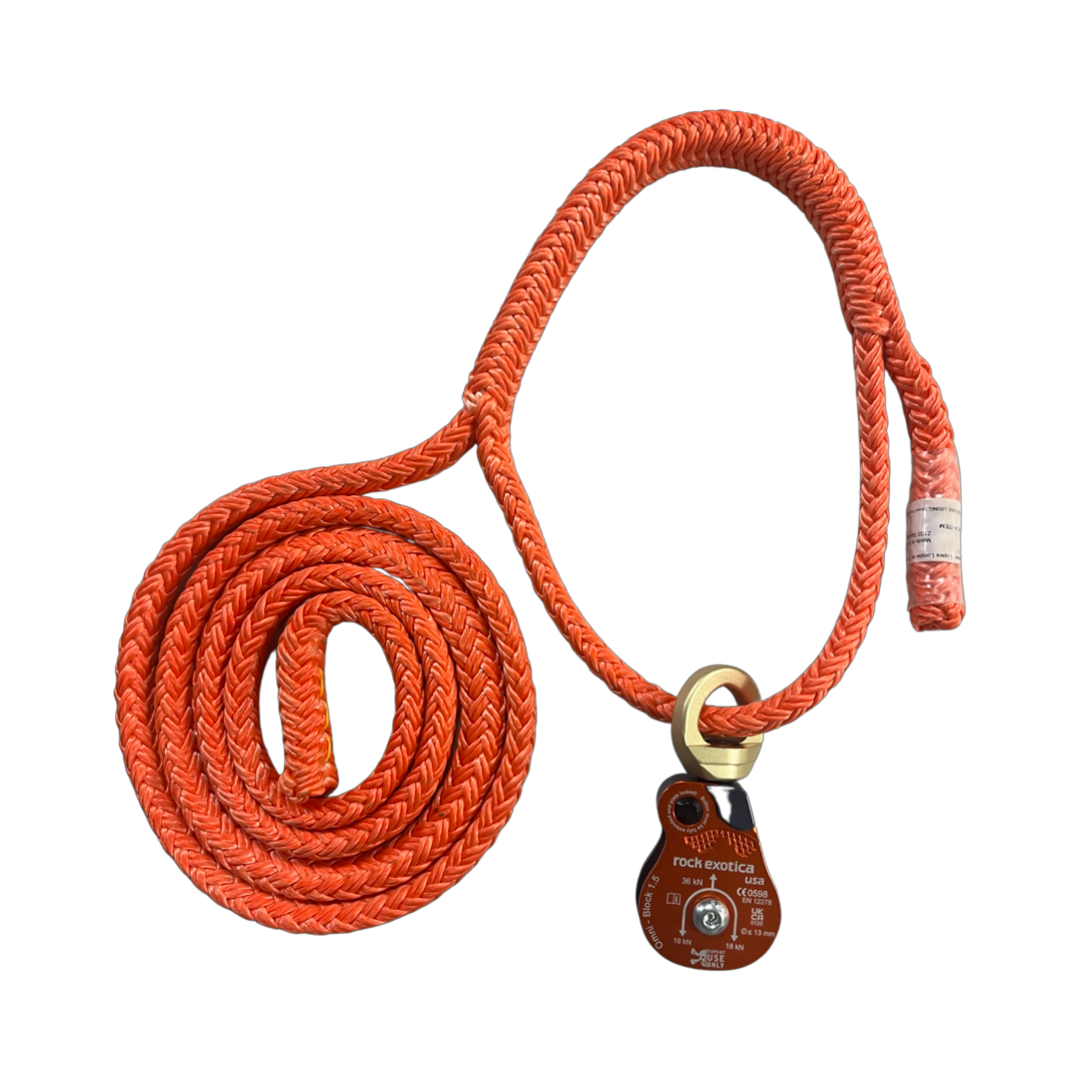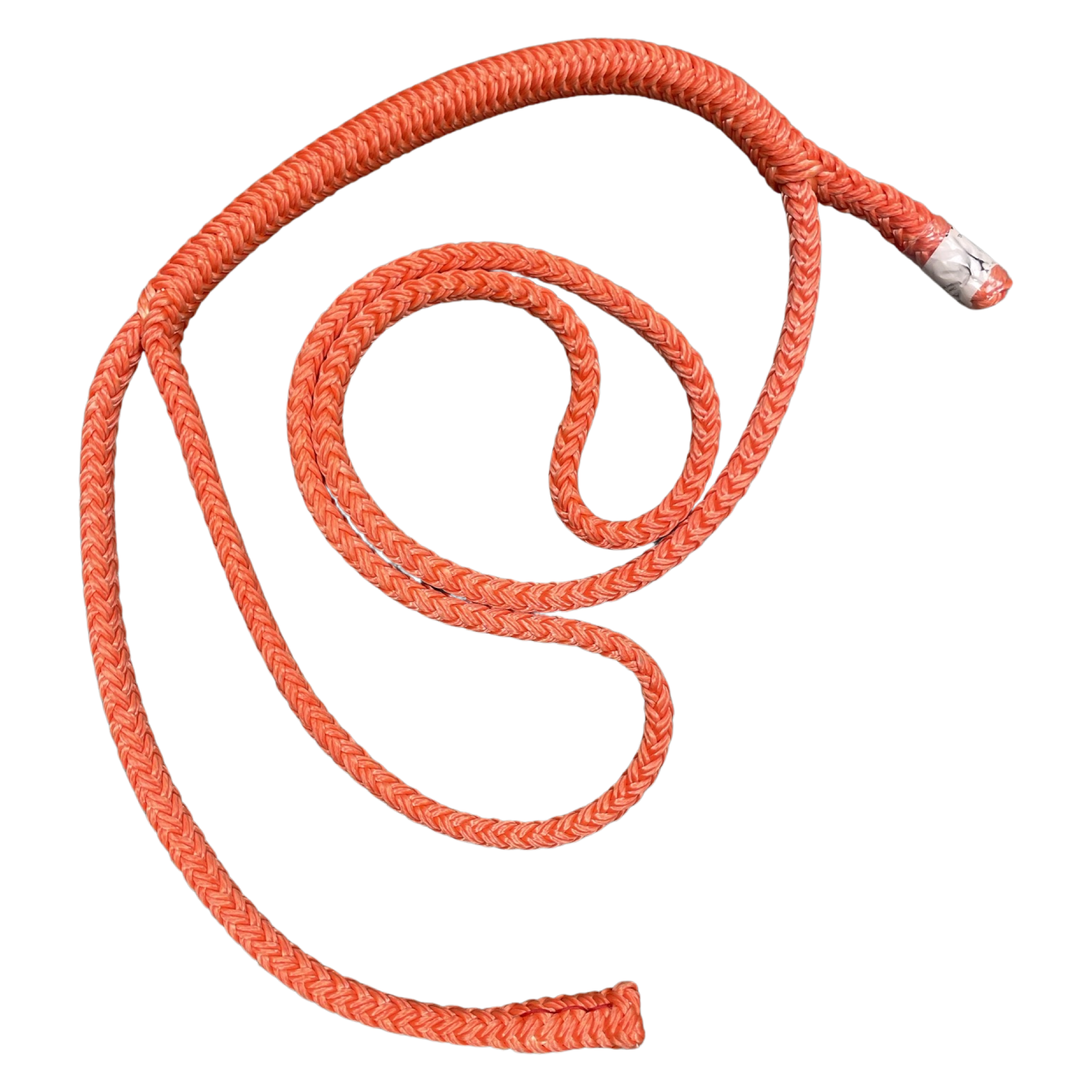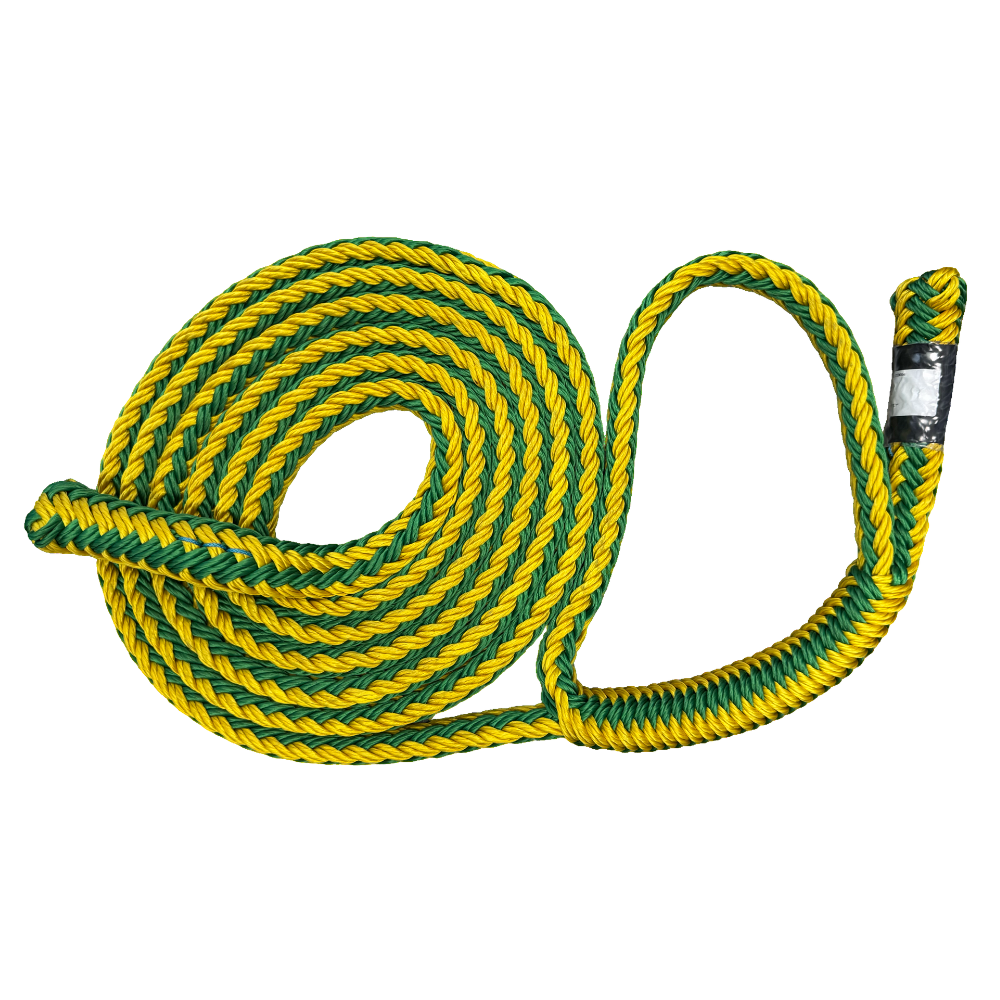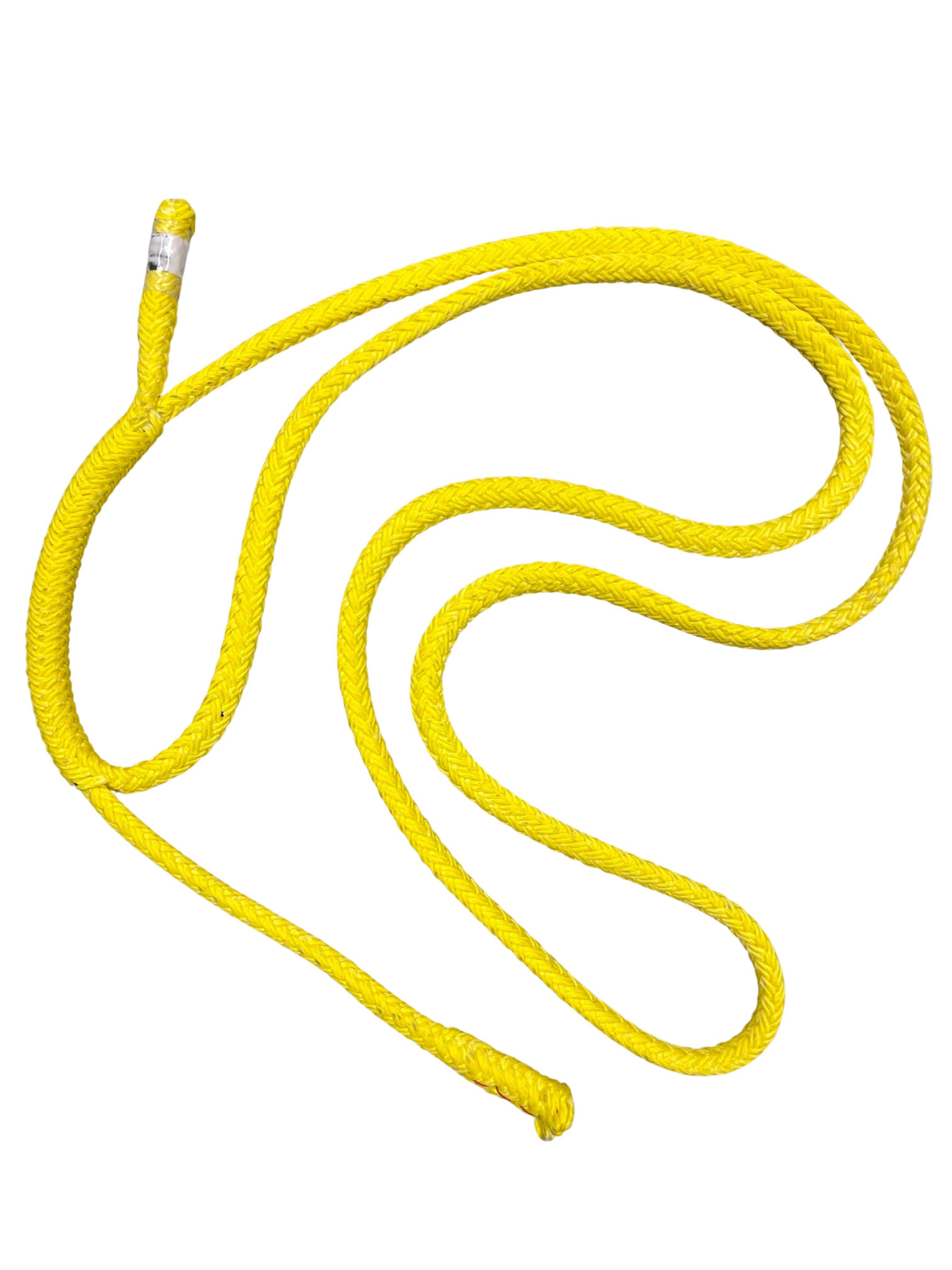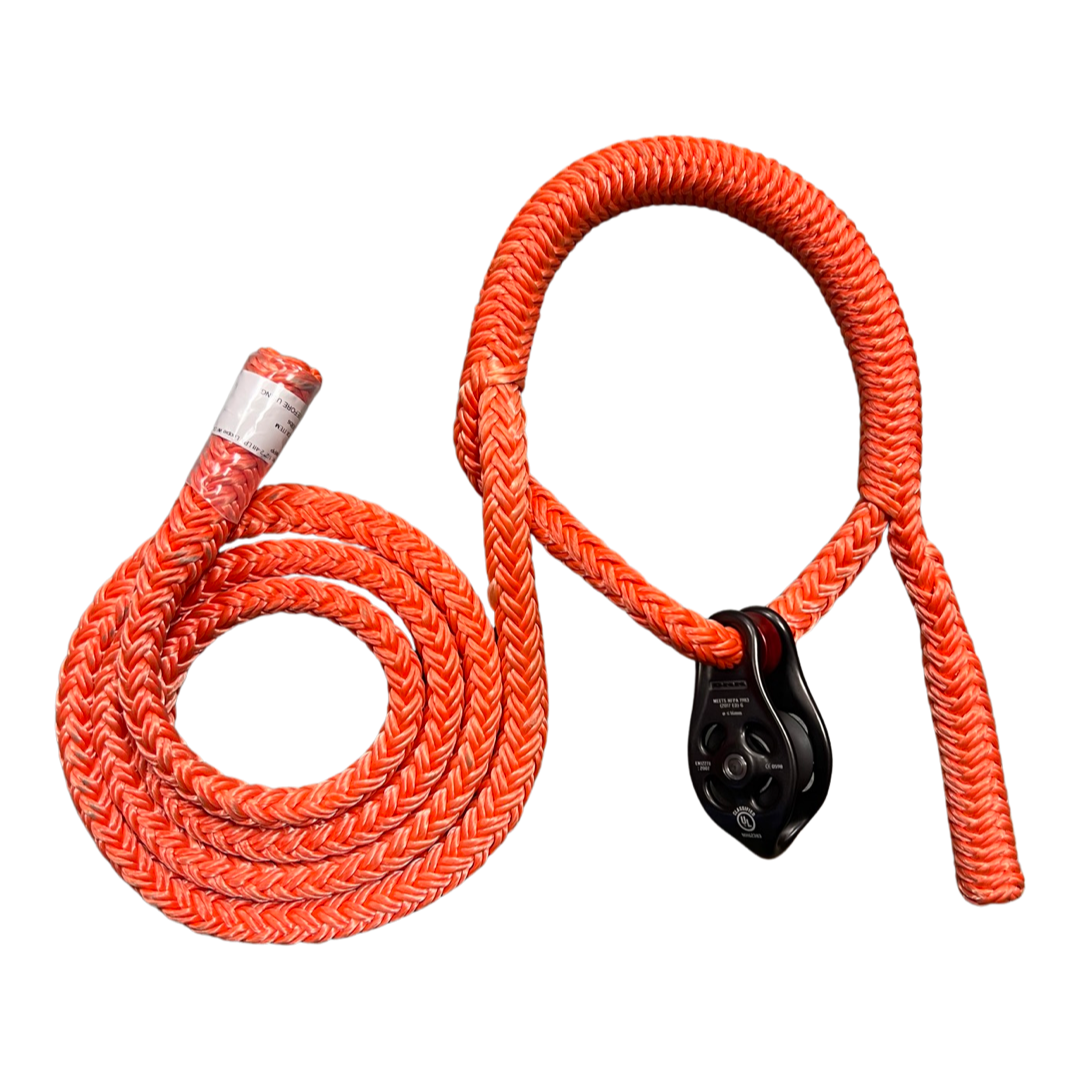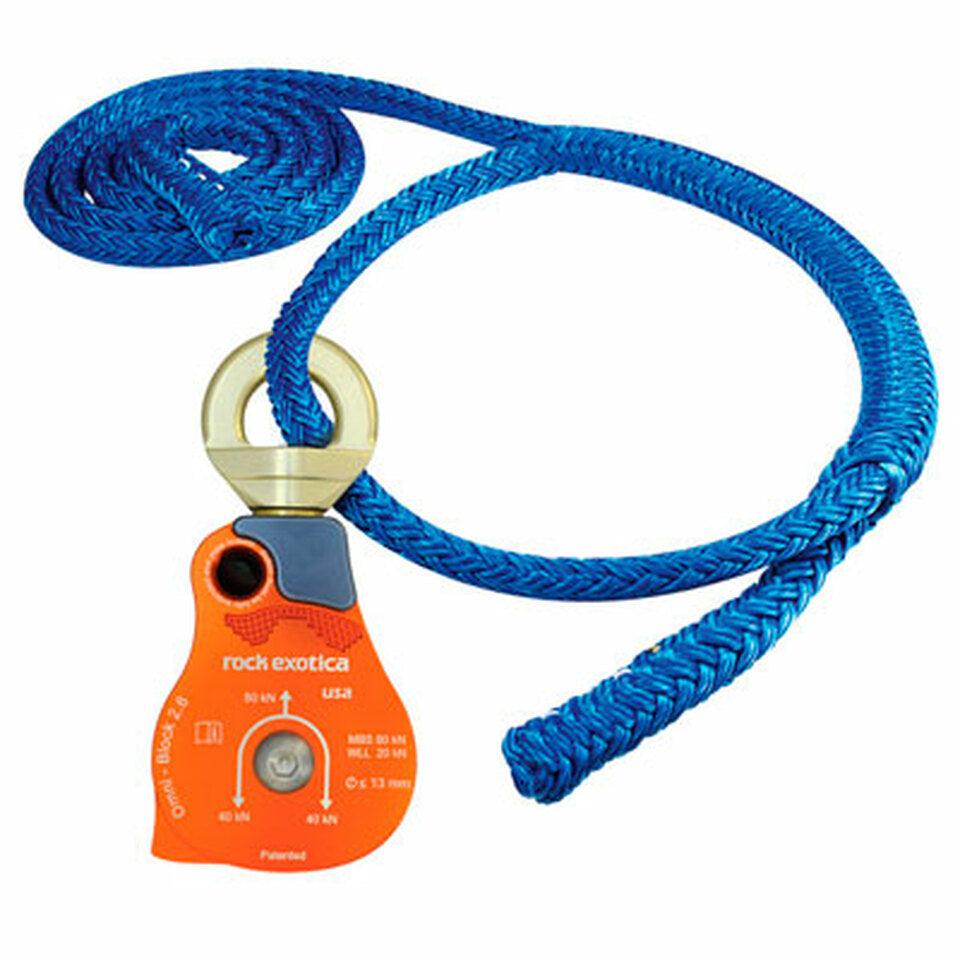Adjustable Strength in Arboriculture and Climbing: What is a Loopie Sling?
In the world of arboriculture and climbing, safety and efficiency are always paramount. The equipment used in these fields is designed to withstand the toughest conditions and provide maximum support to the user. Among these tools, loopie slings stand out as an indispensable asset for arborists and climbers, particularly due to their adjustable nature and versatile applications. So, what exactly is a loopie sling, and why is it so crucial in climbing operations?
A loopie sling is a specialized type of lanyard, typically made from high-strength synthetic fibers, featuring a spliced end that forms an adjustable loop. Its primary purpose is to create secure, quick, and flexible attachment points around trees or within climbing systems. It has a wide range of uses, from guiding ropes on a tree to lowering heavy branches. Its adjustable design allows it to easily adapt to different tree diameters or various rigging configurations, significantly simplifying the climber's work.
The Unique Structure and Advantages of a Loopie Sling
The uniqueness of loopie slings lies in their double-eyed, spliced construction. Typically, one end features a fixed eye (loop), while the other end is passed through it to form an adjustable second eye. This structure allows for immediate and precise adjustment of the sling's length. The synthetic fibers used (e.g., high-modulus polyethylene) endow these slings with incredible strength and lightness.
These structural features provide loopie slings with a number of significant advantages:
-
Superior Adjustability: Their most prominent feature, adjustability, allows the user to quickly change the sling's length as needed. This makes it easy to adapt to different tree diameters or varying attachment points.
-
High Strength and Lightness: Thanks to advanced synthetic materials, they possess a very high load capacity relative to their weight. This is important for both ease of transport and operational efficiency.
-
Tree-Friendly Use: Their design, free of metal hardware, minimizes the risk of damage to tree bark. This is a significant advantage, especially in delicate tree care operations.
-
Versatility: They can be used for various climbing and rigging tasks, such as creating attachment points, guiding ropes, light hauling, or connecting different pieces of equipment.
-
Easy Setup and Removal: The ability to be quickly adjusted and released saves time in the field.
These features make a loopie sling a fundamental item that should be in every climbing and arboriculture professional's toolkit.
Loopie Sling vs Whoopie Sling: Differences and Applications
In the world of climbing and rigging, two adjustable sling types are frequently compared: the loopie sling and the whoopie sling. While both are based on similar fundamental principles, their structural differences separate their applications and advantages.
A whoopie sling typically consists of a single continuous length of rope, forming two fully adjustable eyes through a special bury technique. This means the sling can be adjusted from any point along its length. It is primarily used for suspension, light hauling, and various rigging adjustments. Its self-locking mechanism provides a secure grip under load and is ideal for quick adjustments.
On the other hand, the distinguishing feature of a loopie sling is that it generally has one fixed eye and an adjustable eye that passes through this fixed eye. This allows you to control the sling's adjustment range from a specific point. It is often preferred for high-strength connections over shorter distances or for creating a tight choke point around a tree. For example, they are effective in creating a tight and secure connection to change the direction of a main rope or to lower a branch in a controlled manner.
The main difference in the loopie sling vs whoopie sling comparison lies in the adjustment mechanism and the resulting shape. While the whoopie sling stands out with its longer adjustment range and continuous loop structure, the loopie sling is generally more compact and optimized for specific anchoring or directional tasks. Which sling to use depends on the application's requirements, the desired adjustment range, and the climber's personal preference.
Strength and Security: Loopie Sling Durability
The performance of a loopie sling largely depends on the "loopie sling strength" of the material from which it is made. Modern loopie slings are produced from high-modulus polyethylene (HMPE) or similar fibers, some of the strongest synthetic fibers available. These materials can have a higher strength-to-weight ratio than steel, making them ideal for climbing and lifting tasks.
These fibers are not only incredibly strong but also exhibit high resistance to water, UV radiation, and chemicals. These properties ensure that the slings remain durable even in harsh outdoor conditions. The load-bearing capacity of a loopie sling varies depending on the thickness of the material used and the quality of the splicing. Manufacturers provide information to the user by specifying values such as the safe working load (WLL) and minimum breaking strength (MBS) of the slings.
Since safety is always the most important factor, a loopie sling should always be visually inspected for cuts, abrasions, or any signs of damage before use. Damaged slings must be immediately taken out of service. Furthermore, ensure the sling is used within its design purpose and load capacity.
Loopie Sling Use Cases in Climbing
Loopie slings have a wide range of applications in tree climbing and arboriculture. Thanks to their adjustable structure and high strength, they provide flexibility and safety to the climber.
Key use cases include:
-
Creating Main Attachment Points: Used to create a secure and adjustable anchor point around a tree trunk or a strong branch. They are particularly preferred when a quick and solid connection is needed without damaging the tree's natural structure.
-
Rope Guiding: Can be used to change the direction of the main climbing rope or rigging lines. This allows the climber to achieve a better working position or to lower loads more controllably.
-
Light Rigging Operations: When cutting or lowering small to medium-sized branches, they can be used as part of a rigging system to lower them to the ground in a controlled manner.
-
Equipment Attachment and Carrying: Can be used to securely attach tools during climbing or when transporting equipment from the ground.
-
Tensioning and Stabilization: They offer a quickly adjustable solution for temporary tensioning or stabilization needs.
In every loopie sling application, it is vital to ensure that the sling is correctly adjusted and not overloaded. These versatile tools provide practical and safe solutions for many situations encountered by climbers in the field.
Why Arborists Should Choose Loopie Slings
For professional arborists, loopie slings offer a number of significant advantages. Given the dynamic nature of tree care operations, reliable equipment that can adapt quickly is essential.
-
Speed and Efficiency: Adjustability allows for quick setup and adjustments in the field, which accelerates the workflow.
-
Tree Protection: Their synthetic construction minimizes friction and damage to tree bark that metal hardware might cause. This is important for tree health and aesthetics.
-
Reduced Equipment Weight: Their light weight reduces the overall equipment weight the climber has to carry, which decreases fatigue and increases maneuverability.
-
Broad Application Area: The ability of a single loopie sling to adapt to different tree sizes or various rigging configurations reduces the need to carry multiple specialized slings.
-
Safety: When used correctly, their high strength provides a secure attachment point.
These advantages make loopie slings an indispensable tool in arborists' daily operations. They are more than just a sling; they are smart solutions that enhance work efficiency and safety.
Choosing the Right Loopie Sling for Your Needs
Selecting the right loopie sling depends on the type of work you will be doing and your expectations. Various loopie sling options are available in different lengths, diameters, and strength ratings. For instance, thicker and higher-strength slings are preferred for heavier loads or larger trees, while thinner and shorter models may be suitable for lighter tasks or confined spaces. To choose the ideal loopie sling for your intended use, it is important to carefully examine the sling's technical specifications and consider your needs.
Explore the Arbospace Loopie Sling Collection
Choosing the right equipment is critical to maximizing your safety and efficiency in your arboriculture and climbing adventures. Each loopie sling is designed to accompany you reliably even in the most demanding tasks. Elevate your climbing experience with our strong, adjustable, and tree-friendly solutions. Visit the Arbospace Loopie Sling collection to find the ideal loopie sling that suits your needs and discover the highest quality climbing slings. Remember, with the right equipment, every climb becomes safer and more enjoyable.
Recently viewed
Climber Health and Nutrition
In Arbo Space one of our biggest passion and mission is to provide the right tools for the climbers to keep their MIND and BODY in perfect shape ! That's why we decided to provide multiple Services and the Products for the Climbers to take advantage of our teams extended Experience on Body and Nutrition. Your body has to be strong and your mind stronger !
Please be a little bit patient with us while we receive our products, you are going to love them! !

